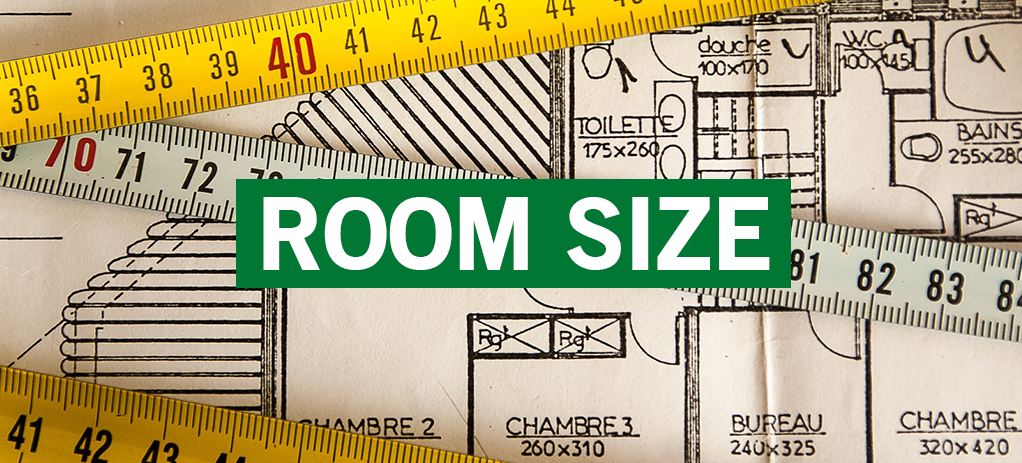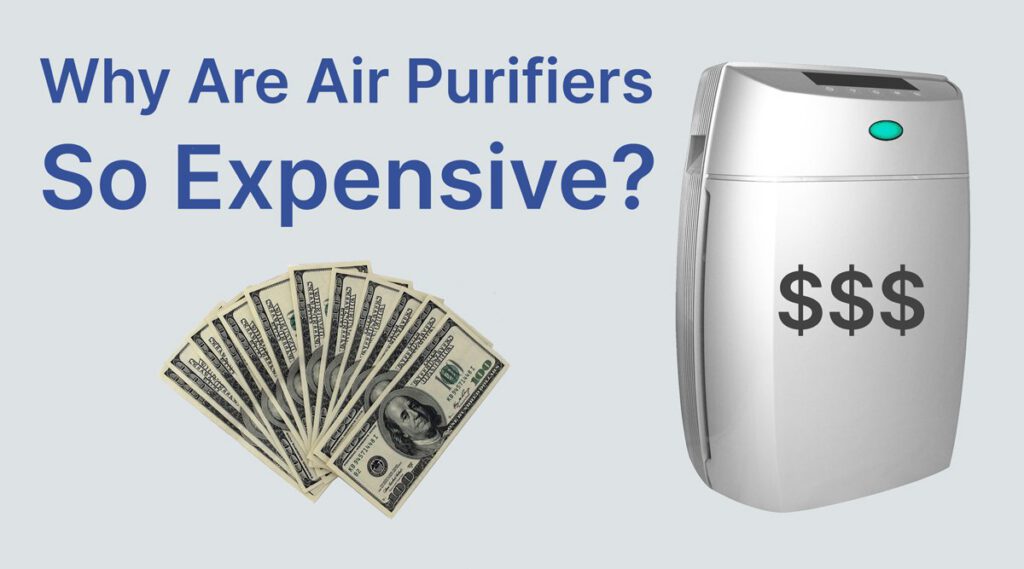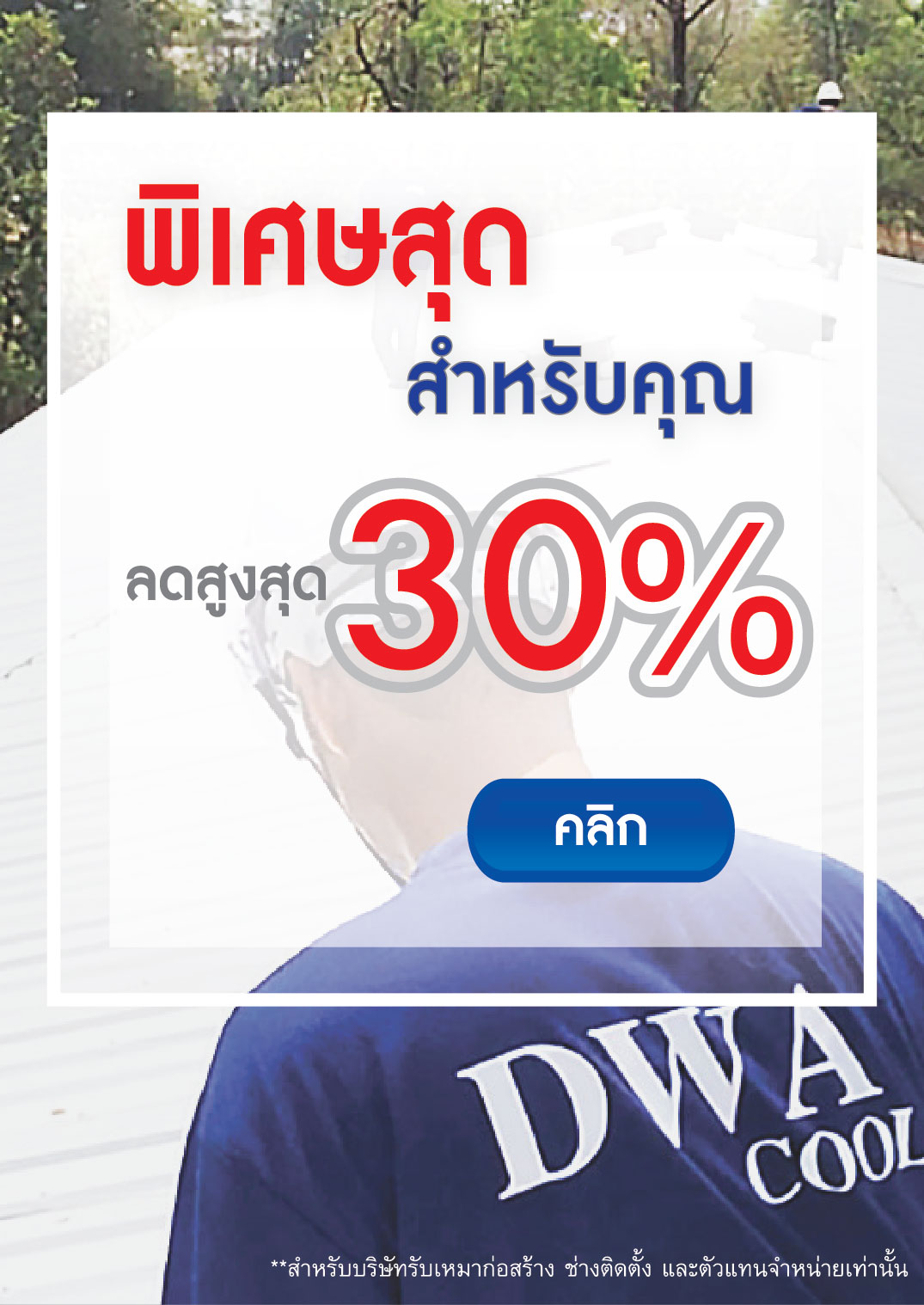If you’re concerned about your general health, you might be curious about what’s in the air you breathe. Even our houses are polluted, which can harm your physical and emotional health. Pollution and allergies might be a part of your regular routine.
Choosing the correct air purifier might be difficult because there are so many charts, research, and certifications available. It is critical to comprehend all of the facts and make the best decision possible. The following is a step-by-step approach to selecting an air purifier.

When considering the usage of an air purifier We recommend that you follow the following steps during the usage process:
- Calculate the size of the room before choosing an air purifier.
- Choose an air purifier that can deliver enough air throughout the room.
- Select the type of filter that you are particularly interested in.
- Make sure you have to live with the air purifier. Therefore, noise (loudness) and cost are the factors you need to consider.
- Avoid using air purifiers that cause indoor air pollution. Air purifiers that produce ozone should be avoided in all cases.
Need to know what you are buying?
Although some manufacturers claim that no air purifier can eliminate 100 percent of pollutants and allergens from your home’s air, the reality is that air purifiers can only clean the air that goes through them. Allergens and pollutants stick to carpets, furniture, and floors, waiting to be wafted back into the air.
When purchasing an air purifier, consider the following points to ensure optimal performance.
- Where will you use the air purifier?
- Do you have any special needs such as removing pet hair or smoking residue?
- Compare clean air delivery rating.
- Purchase equipment with high-efficiency air filter technology.
- Get a purifier with the lowest noise level possible.
- Consider the cost of filter replacement and maintenance
- Think about whether you need to turn your phone purifier on and off

The rooms are different in size
Before you go on You should decide what air purifier your goal is. Most portable independent air purifiers effectively filter the room’s air. You should make sure that the air purifier you buy is large enough to fit the size of the room you want to purify. Air purifiers are classified according to their clean air delivery rate (Cadr).
About clean air delivery rate – why is it so important?
The larger the clean air delivery rate number listed on the air purifier, the more particles the filter removes from the air. Generally, the larger the room, the larger the clean air delivery rate number you want. There is no industry standard for clean air delivery rate numbers related to room size. Most of the time, the manufacturer will list the recommended room size on the package.
The EPA in their “Guide to Air Cleaners in the Home,” makes these recommendations about clean air delivery rate and room size
Portable Air Cleaner Sizing for Particle Removal:
| Room Area in Square Feet | 100 | 200 | 300 | 400 | 500 | 600 |
| Minimum CADR in CFM | 65 | 130 | 195 | 260 | 325 | 390 |

What’s in the air? What do you want to get rid of?
Contaminants and allergens vary in size, shape, and form. Generally speaking, there are two types of pollutants and allergens.
- Particulate
- Gas
These two types of pollutants require different types of filters. When considering what purifier is best for you, you should consider the type of filter the purifier uses to remove contaminants.
- Particles – dust, pollen, and smoke
These pollutants include allergens such as pollen and pet dander, as well as smoke residues floating in the air. If dust is a problem in your area, air purifiers can help alleviate the problem as well. In general, the higher the clean air delivery rate. level and the faster the fan speed, the better the effect of the filter in removing particles.
Some air purifier manufacturers offer special filters for specific contaminants or allergens. Check the package and instructions attached to the air purifier to determine if there is a dedicated filter for your needs.
- Gas – we breathe all the time
We live by inhaling the gas. Oxygen is the main gas on which we live. However, there are thousands of other gases that can pollute the air in your home, just daily exposure.
These residual gases may come from multiple sources:
- New paint or install new floor coverings. The adhesive used in the paint will release gases that may be allergens or toxic.
- Older building materials will release formaldehyde and other gases when aging.
- Plastics used for wall coverings, countertops, and furniture release harmful gases.
In general, the best type of filter for treating pollutant gases is an activated carbon filter. Carbon charcoal is a good material to absorb and treat toxic and harmful gases. The best choice is the combination of activated carbon and the air purifier’s high-efficiency air filtration technology.

Noise level – living with the air purifier
Many manufacturers will indicate the volume level on the package. If you spend the majority of your time in the room with the air purifier. This might be important. Noise pollution is equally as bothersome as it is. with a high level of air pollution Looking for the best air purifier in terms of sound level and other features you need is an important consideration.
In general, air purifiers with a noise level of 50 decibels are appropriate for most residential areas. When operating, modern refrigerators make around 50 decibels of noise. This is an inconspicuous sound level for the majority of individuals.

Over purchase price – what is the operating cost?
Purchasing an air purifier will add to your budget. Using an air purifier 24 hours a day will add to your family’s utility expenditures. We recommend that you look for an air purifier with the Energy Star label. “Energy Star means that the device meets the rigorous EPA standards for energy efficiency. (Keep your air purifier working at its full potential)
Another cost associated with your air purifier is maintenance. The most expensive part of running an air purifier is replacing the filters. Before purchasing an air purifier, shop around to calculate the cost of replacing the air filter There are several possibilities, and the price range for filter replacements is extensive.

Don’t buy anything – buyers be careful
There are certain types of air purifiers that you should avoid, Neither type is recommended at all and may reduce the air quality of the room.
- Avoid air purifiers that produce ozone – some air purifiers. In particular, air purifiers that use electrostatic precipitators. An ionizer or an ultraviolet lamp will produce ozone. Ozone is known to irritate the lungs. If someone in your family has lung disease, These types of air purifiers can cause more problems than solve them.
- Choosing an air purifier is UIL listed – using any electrical equipment without UIL listed is dangerous. Untested and unlisted products increase the possibility of electrical fires.
- Check whether there is a certified clean air delivery rate level on the package – a reputable manufacturer will label the package to indicate the clean air delivery rate level tested by a certified laboratory. If there is no such label on the package, the quality of the air purifier may be in doubt.

Make a choice – meet your needs
Finding the right air purifier for your needs isn’t always a good experience. Knowing what you need in an air purifier is a key factor in deciding which air purifier is best for your needs. Following our step-by-step instructions makes the process even easier and easier.
- By: DWA COOL
- Tags: Solar Purify Ventilator, Purify Ventilator, Fresh Air Ventilation, purify the air
- 0 comment
Leave a Reply





